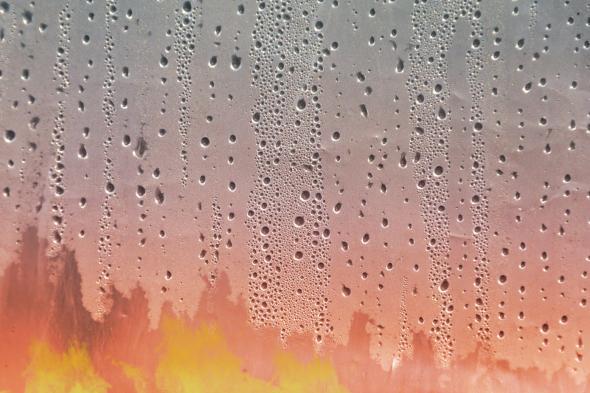We are a headed toward a very uncomfortable and disruptive ‘Steambath Earth’; a more humid and hotter climate, which humans are not adapted to tolerate. This is the conclusion of several recently published papers.
For 6000 years humanity has thrived in a surprisingly narrow niche of climate conditions. Those conditions are characterized by an average annual temperature of around 10o to 16oC (50o to 60oF) coincident with an average annual rainfall of about 500 to 1500mm (20 to 60 inches)
Increasing temperatures from climate change will increase the amount of moisture in the air. It follows that the climate will not only be hotter but more humid. The effect of humidity is not talked about much in climate change exchanges but it has a significant impact on livability.
One measure of humans’ tolerance to climate is the wet-bulb temperature (Tw) which takes humidity into account. A wet-bulb temperature (Tw) of 35°C (95oF) marks a human’s upper survivability limit because our sweat-based cooling mechanism loses its effectiveness altogether at this level. Even much lower Tw values have serious health and productivity impacts.
For example, physical labor becomes difficult to impossible when Tw exceeds 31°C (88oF), while exposure to Tw greater than 35°C (95oF) for more than 6 hours leads to death even in fit individuals. Compare that with healthy and hydrated individuals who can survive unharmed and even perform labor at dry air temperatures higher than 50°C (122oF).
As a result of increased humidity, it is estimated that a 2 degree temperature rise will reduce global labor productivity by around 12% and much more in tropical regions.
This sensitivity of tolerance to Tw not only applies to humans but also to other mammalian species, so some of the livestock on which our food supply depends is also impacted by increases in Tw.
One recently published study showed the frequency of this extremely humid heat — approaching the immovable 35°C human survivability limit — has more than doubled since 1979. The graph illustrates one example – the increasing frequency of Tw greater than 27 degrees (80oF).

(Source: Raymond, C,, Matthews, T., and Horton, R.M.
Science Advances 08 May 2020 : EAAW1838)
Climate change is predicted to shift the climate in some parts of the world to beyond the historical human niche. In the developed world this shift includes parts of south-eastern USA, and northern Australia. And in the populous developing world, large parts of the Indian subcontinent and Nigeria.
These changes will place a greater dependence on air conditioning and may even require housing of livestock. But can populous, less wealthy countries afford these adaptation measures?
Even if we achieve the Paris Agreement targets on greenhouse gas emissions, it is estimated that 1.5 billion people will be in locations outside the range of suitable human habitation. Where will they go?
Image Credit: Slate
